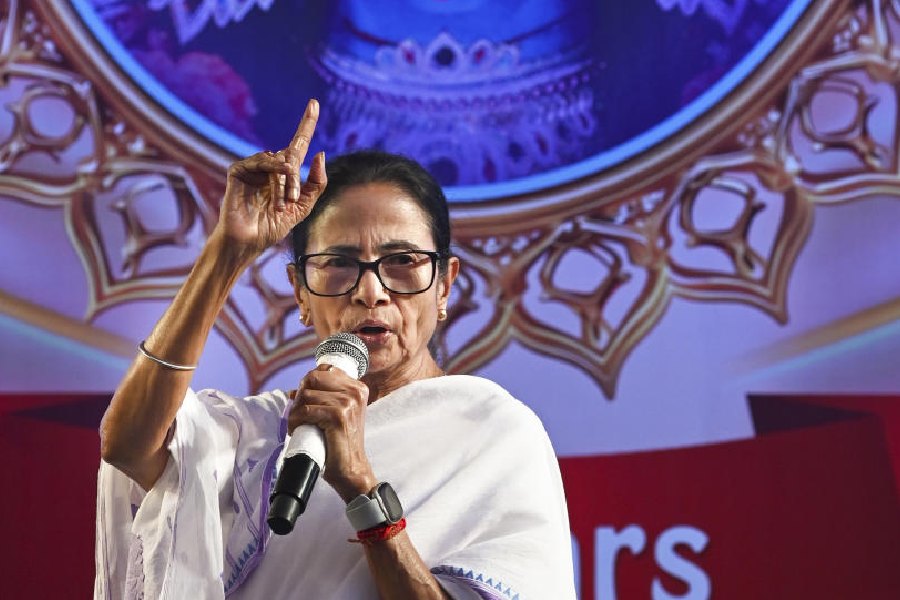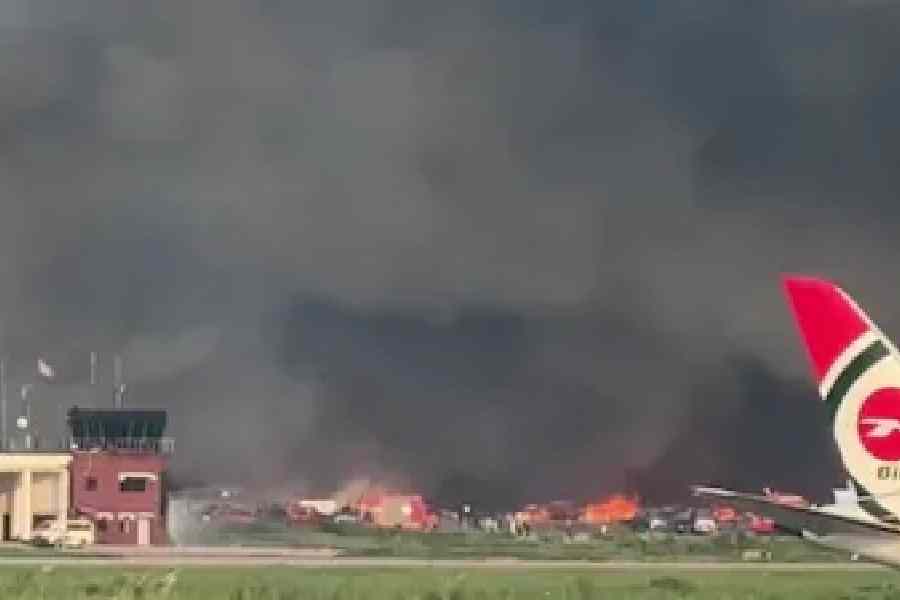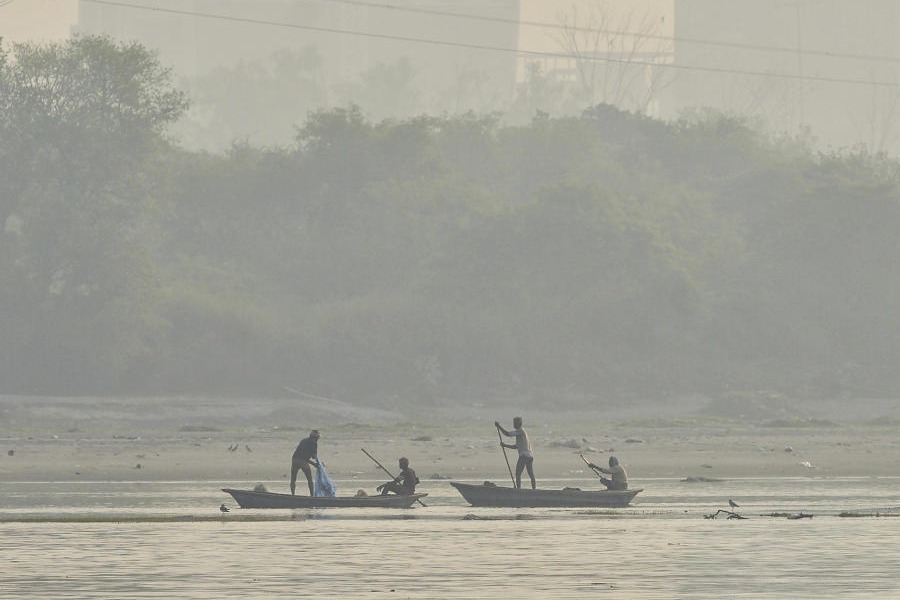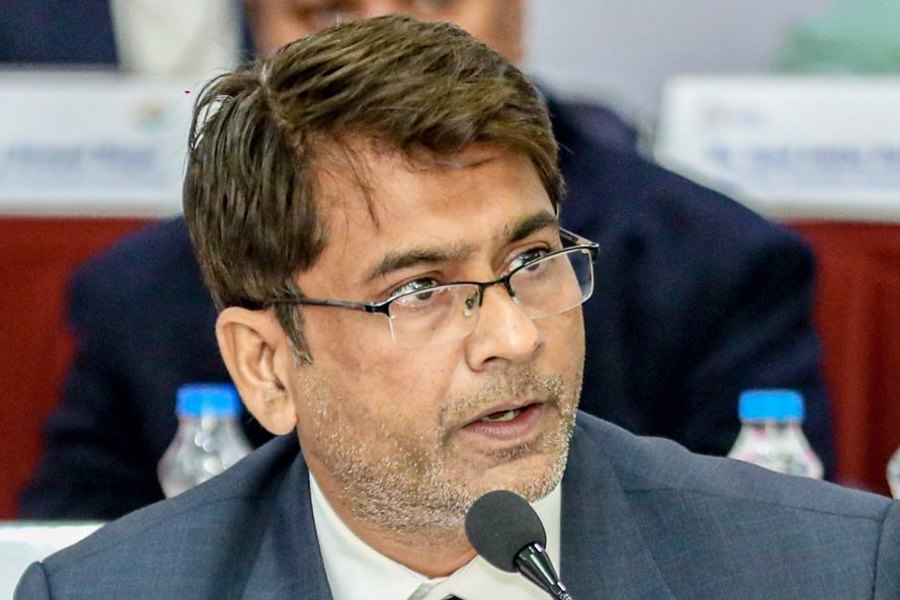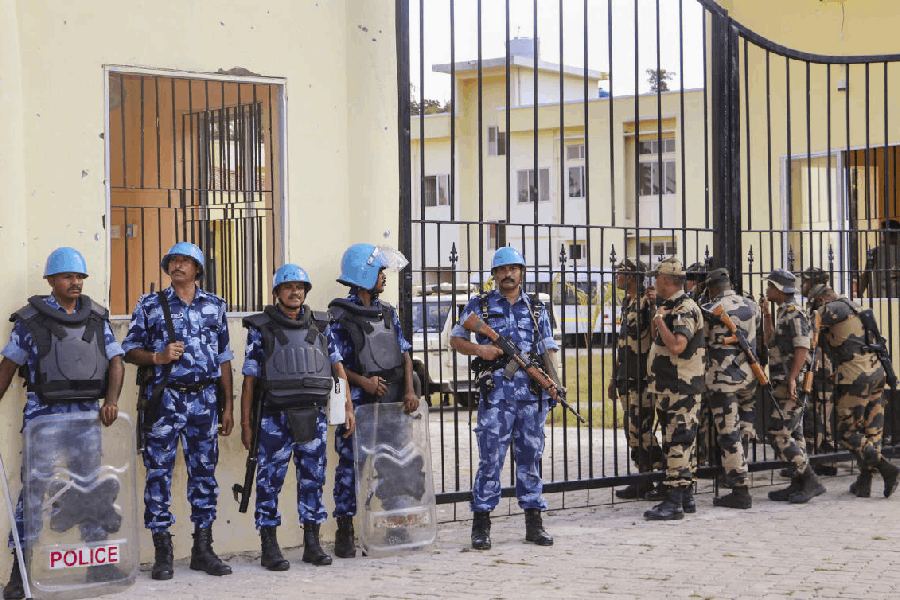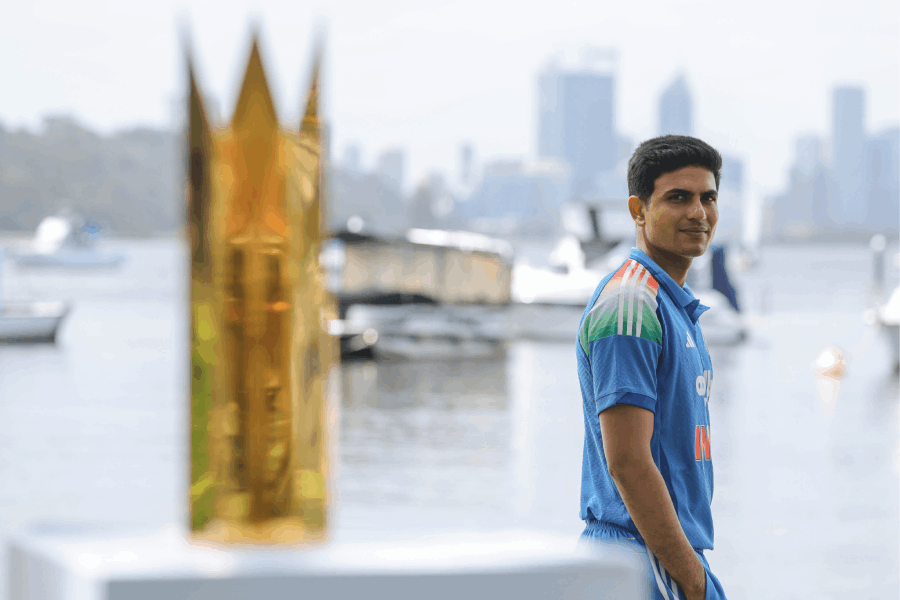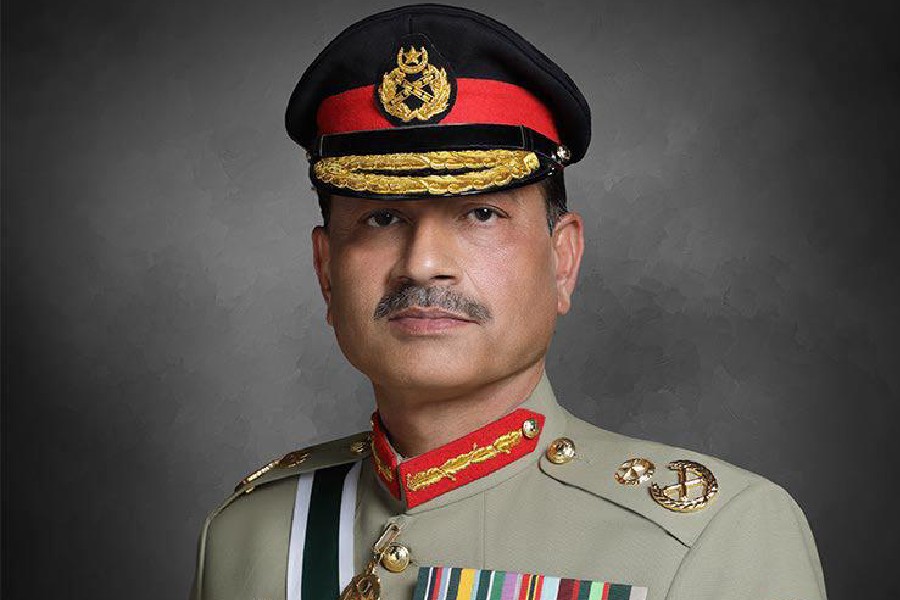INTO THIN AIR
By Jon Krakauer, Villard, $ 24.95
THE CLIMB
By Anatoli Boukreev & G. Weston DeWalt, St Martin, $ 24.95
Mount Everest holds a tremendous and sometimes morbid fascination for mountain lovers. As the highest mountain in the world, the fascination is well deserved. But increasingly, it is becoming known as a deadly mountain, littered with dead bodies, relics of unequal contests between man and mountain. Sometimes the loss of life has been by miscalculation or just bad luck. Too often it is because climbers pitting themselves against its natural defences have been lulled into underestimating what they were up against. True, the ordinary route up to the summit, which is favoured by most expeditions, is not technically demanding once the route is opened up. But to underestimate nature at these altitudes, especially on a mountain the magnitude of Mount Everest, is folly, and too many climbers have paid for it with their lives. The advent of commercial climbing, in which professionals guide wealthy clients ? paying $ 65,000 each for the privilege ? to the top often irrespective of their true abilities, has brought this into more immediate focus. In 1996, eight climbers from two expeditions including two expedition leaders who were also extremely competent climbers, perished on one day on the traditional South Col route. (Another three, from an Indian expedition, died on the northern side the same day.)
Jon Krakauer and Anatoli Boukreev have written first rate accounts of the two expeditions. The former is a professional writer, and was with Rob Hall?s Adventure Consultants expedition. The latter was, till his death on Christmas day, 1997, in an avalanche on Annapurna, a professional guide employed in 1996 by Scott Fischer?s Mountain Madness expeditions. Their books, two different points of view on one disaster, make disturbing reading. Their candid, sensitive, first person writing comes from the heart. Both books, available in both hard cover and paperback, should be read by mountain climbers and enthusiasts. They tell of luck and grit saving lives. They relate poignant moments, such as a dying Rob Hall talking on wireless telephone to his wife in New Zealand. There?s Seaborn Beck Weathers, given up for dead, reclaiming life after an incredible night in the open on the South Col. But above all, these are stories of the frailty of human judgement, and the terrible punishment nature can inflict on illprepared adversaries.
The doubts emerge early in the telling. Listen to Anatoli Boukreev, talking about the first time he met the clients, before the mountain?s base camp, he was to shepherd to the world?s highest summit. ?After meeting with all participants, I returned to Base Camp the same day. Along the way I analyzed all the participants, and was most concerned about the people who had no high altitude assault experience.? And Krakauer, climbing the dangerous Icefall with his companions for the first time, found one member had virtually no idea of how to put on crampons, the metal spikes which fit into climbing boots to enable climbers to negotiate ice. An experienced guide and climber, Ed Viesturs, with familiarity with Everest and other high mountains, was heard to remark: ?A lot of people are up here who shouldn?t be.?
The accounts of both expeditions, which were among a dozen or so on the mountain at the same time, tell of a sport which is markedly
different to the experience of Indian mountaineers on Everest or elsewhere. Commercial expeditions use Sherpas and other professionals like Boukreev to open the route, set up camps and then escort the climbers up. There is a planned acclimatization programme in which clients are introduced to high altitudes, but with solar water heaters, television, satellite telephones, and all the comforts that can be provided in the bleak environs of Mount Everest, this is more akin to a guided tour than mountaineering.
It works ? until things begin to go wrong. And go wrong they did, in a major way on that summit day when no fewer than 31 people reached the top! Some started late, others got caught in a traffic jam at over 8,600 metres, in the region of the mountain?s south summit and the tricky Hillary Step. In the pursuit of success, deadlines on turning back were ignored. The result was that when the weather suddenly began to deteriorate, with an unacceptable number of illprepared climbers strung along on the exposed summit ridge, far too many lives were put at risk without adequate backup to offer any protection or escape. There was also a mismatch between the abilities of the guides and the clients. In times of difficulty, climbing companions must help each other if they are to help themselves. On Everest that day, the guides were required to help the clients, and the mismatch proved to be fatal.
In the months of introspection and reexamination that followed the May 1996 disaster, controversies came to the fore. In his book Krakauer spills his soul, as he puts it, because ?what happened on the mountains was gnawing my guts out.? He feels that his failure to act might have resulted in the death of climbing companions, and he is harsh on himself. He also believes that Boukreev, who individually helped save at least two lives, failed in his responsibility as a guide when he decided to leave his clients high up on the mountain on that summit day and return to South Col. Boukreev defends himself staunchly saying that he hurried down to
rehydrate himself and position himself at the South Col camp to help with the rescue ? which he did ? in the full knowledge that at least four other guides were up on the mountain with the clients.
A tragedy of such prominence and media interest will inevitably invite public and peer group scrutiny. Both books address ethical issues, and seek to put things in perspective. Readers will be left troubled, but knowing that they?ve been as close to the experience as is possible from the written word.
 Saturday, 18 October 2025
Saturday, 18 October 2025

